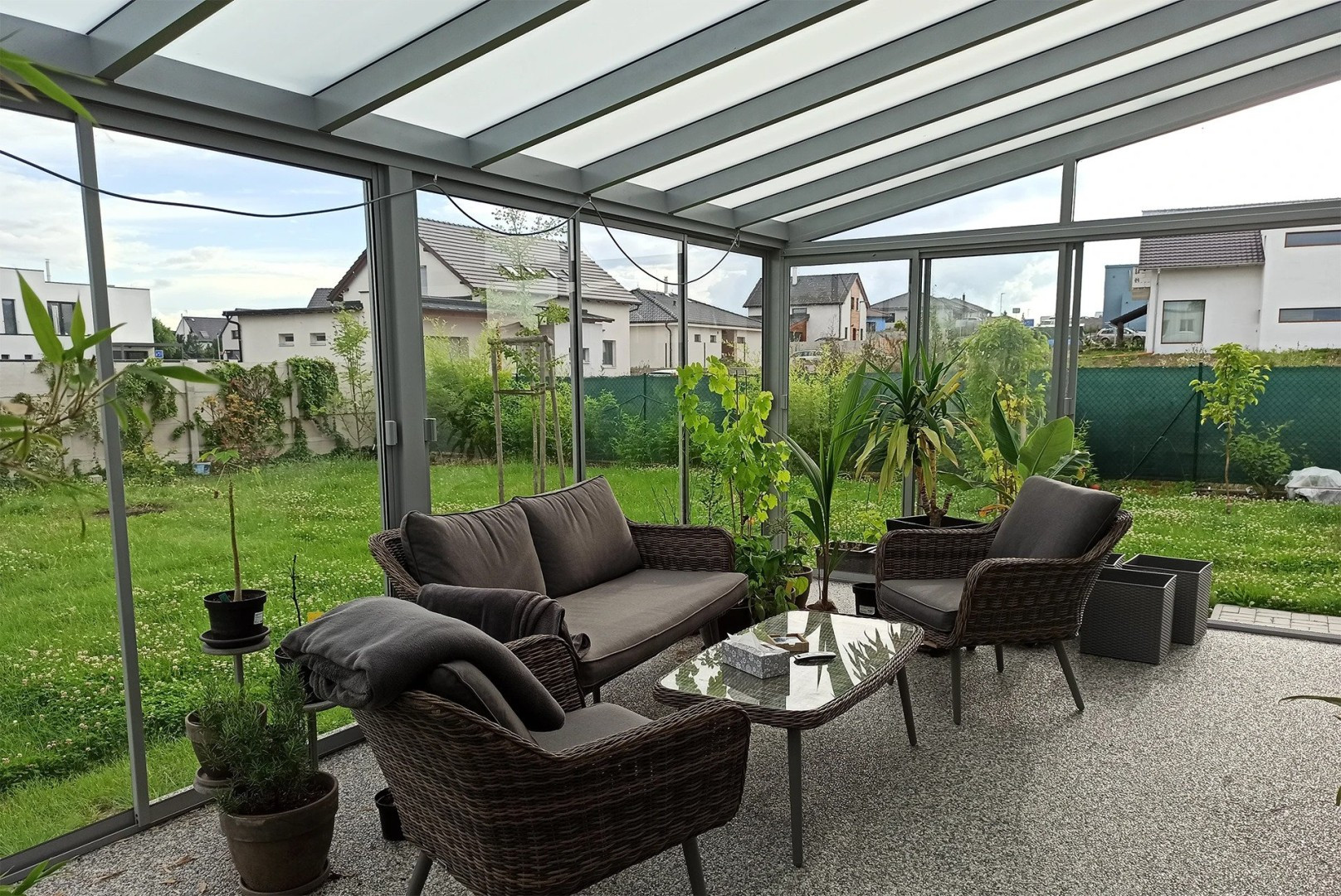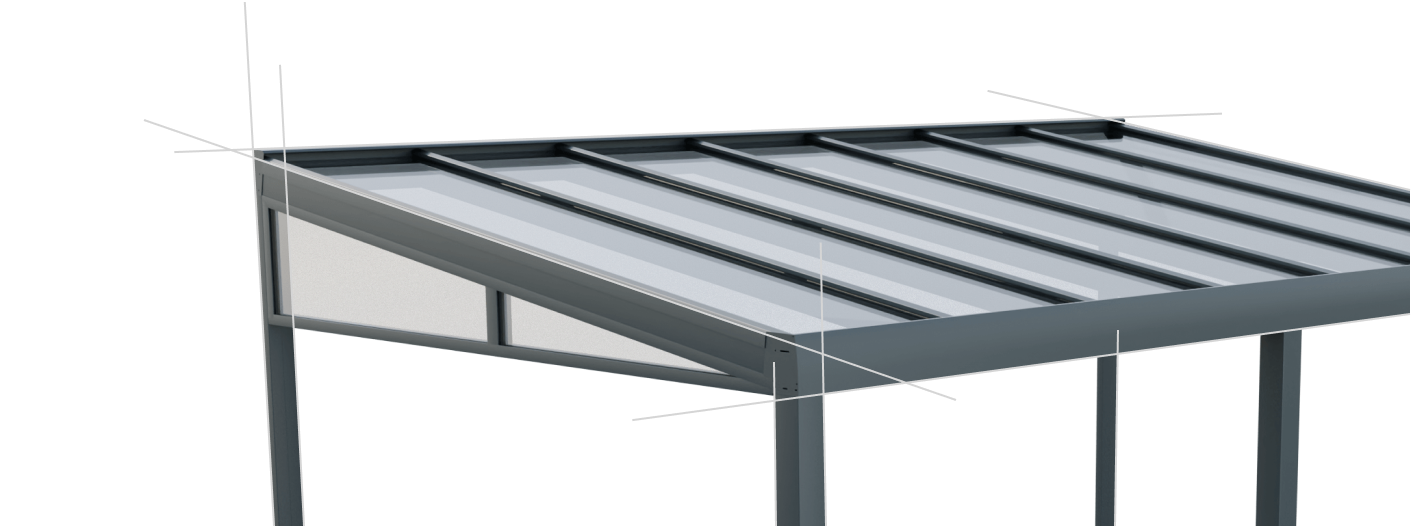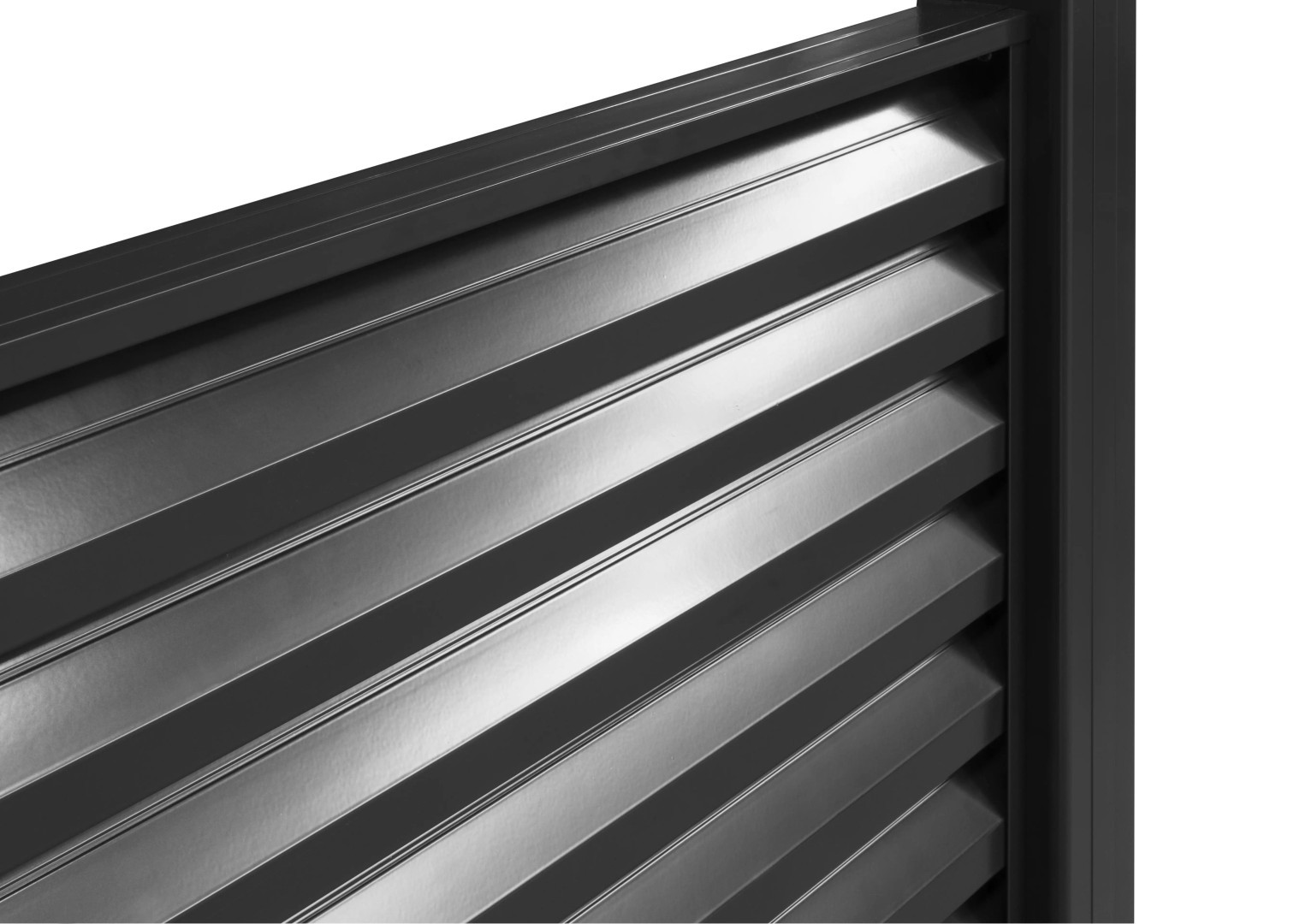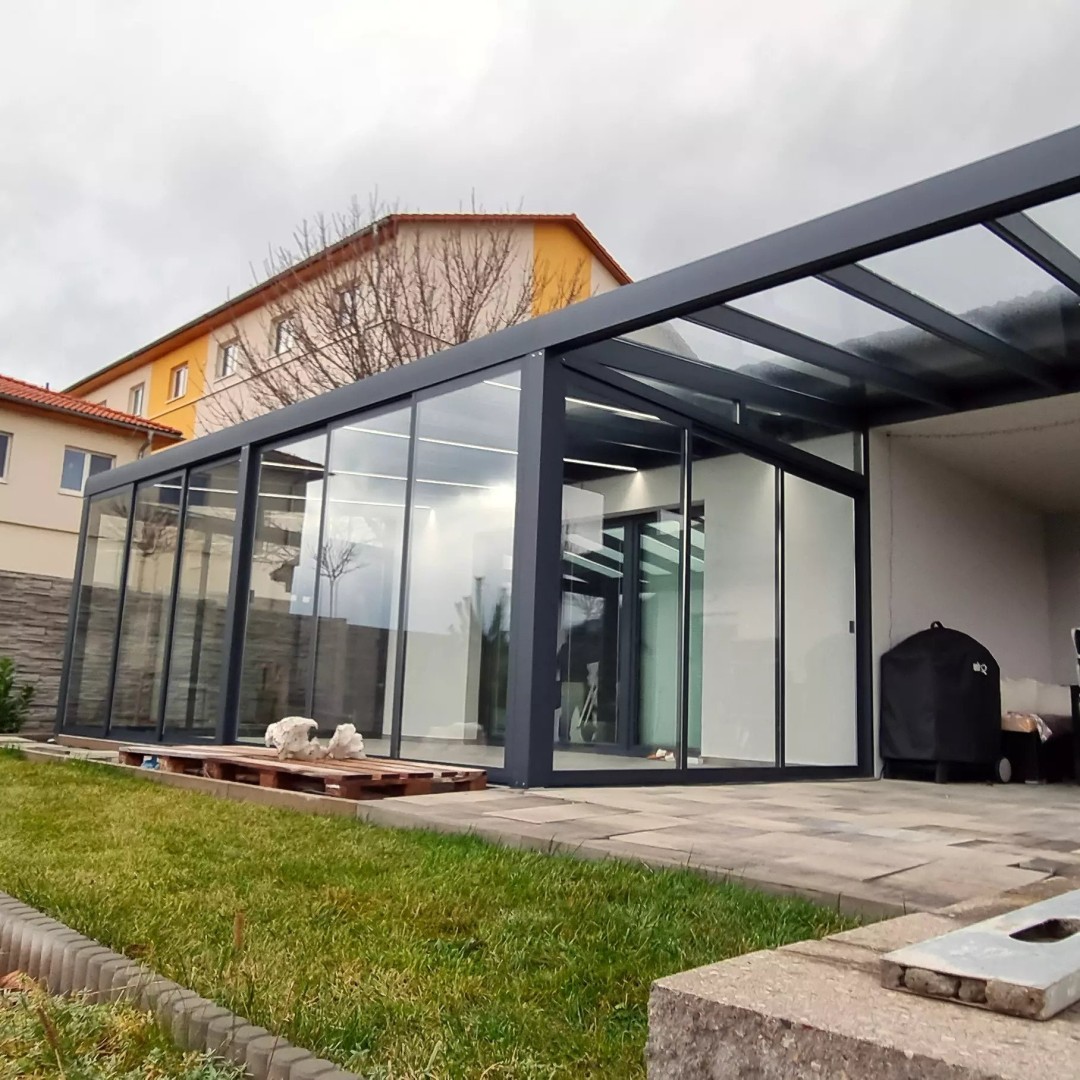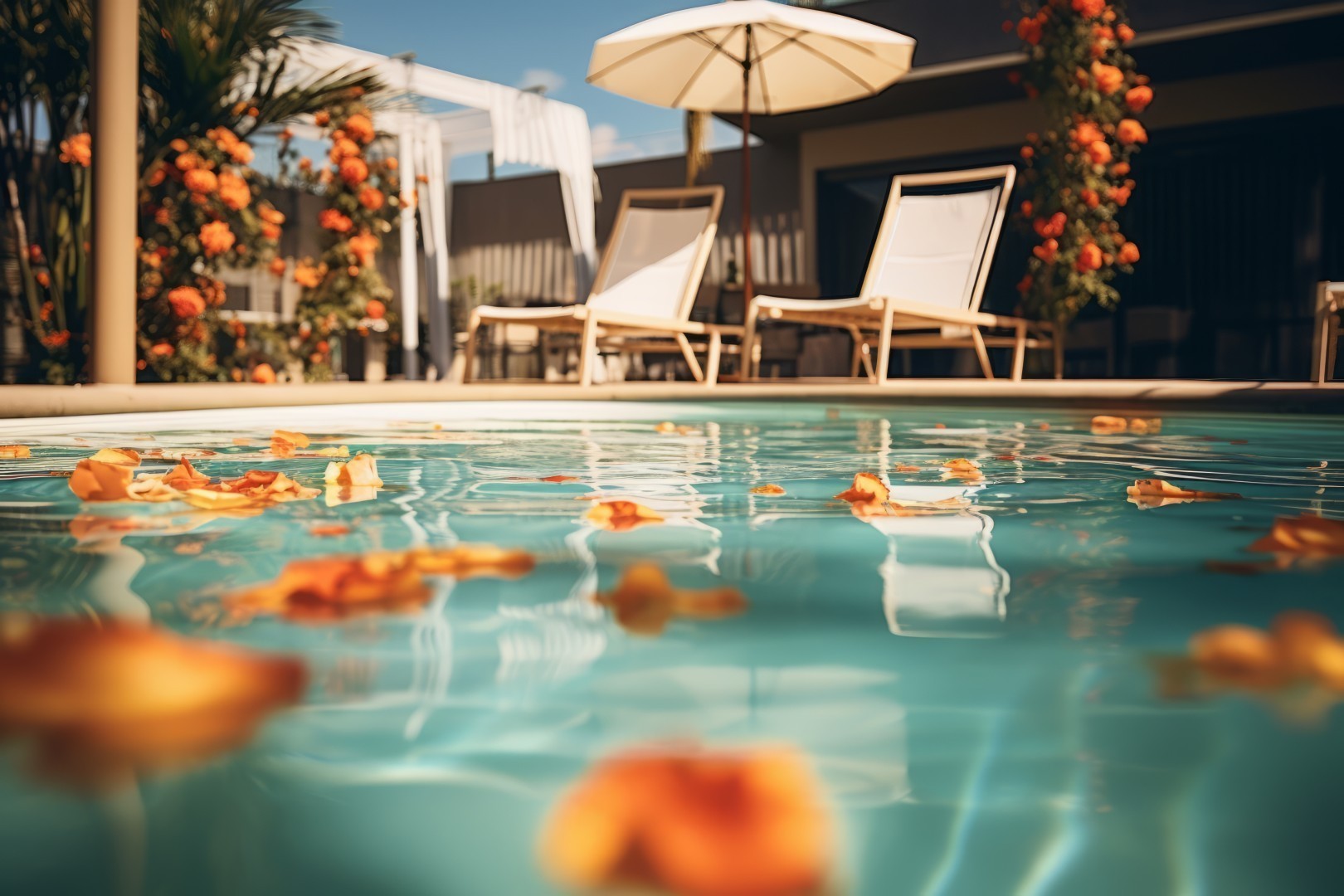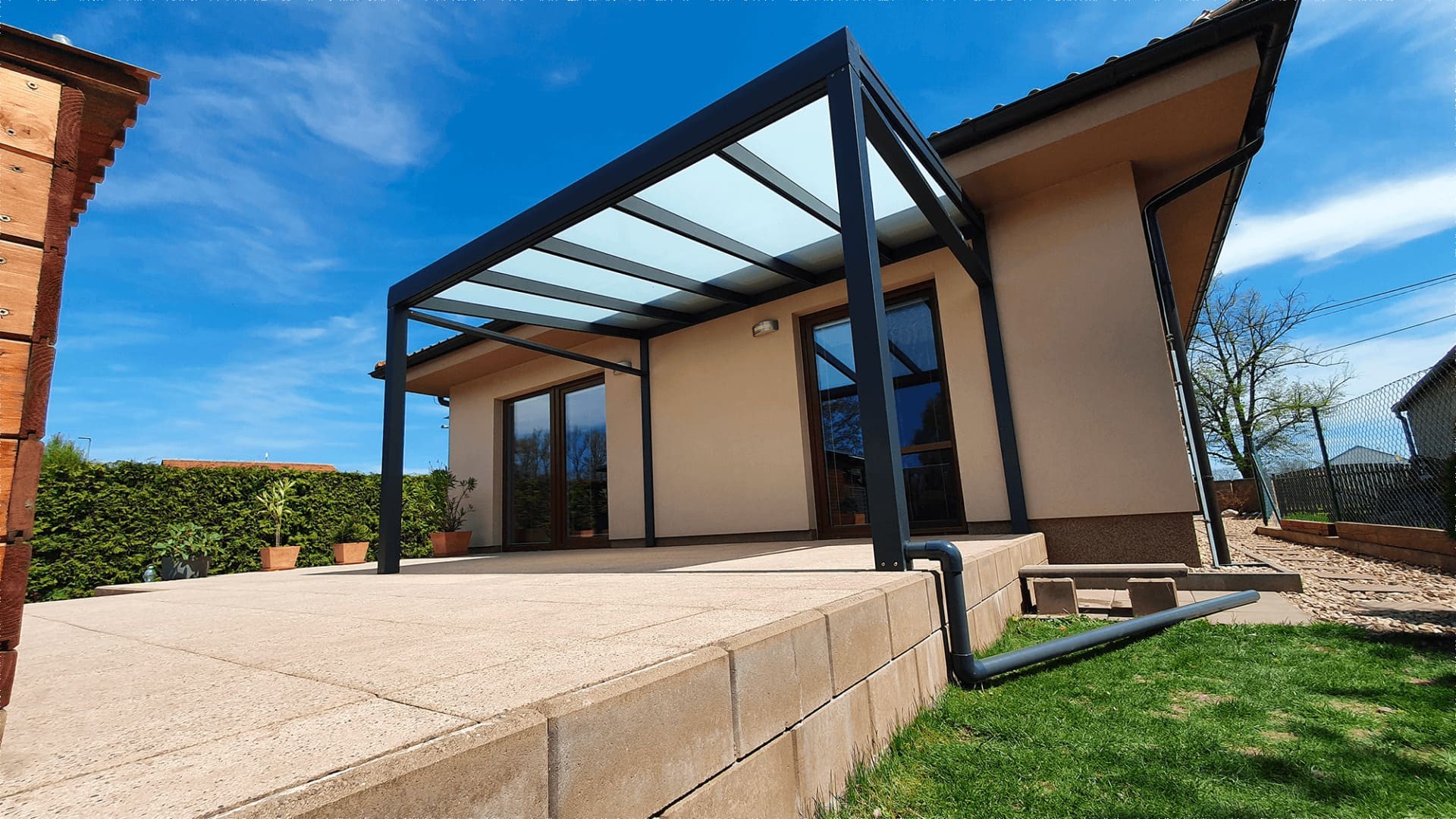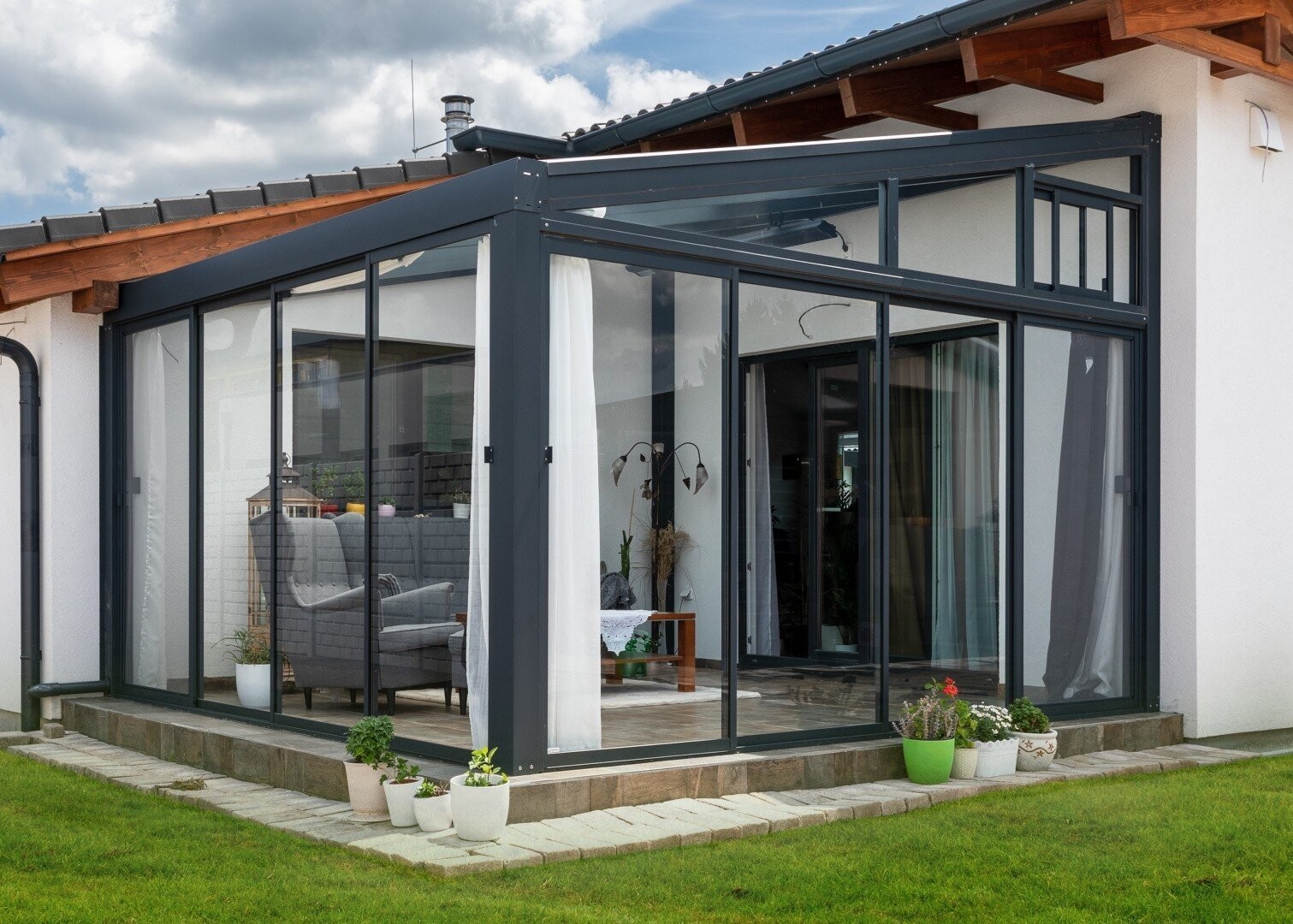Let's start with plastic. Do you still remember the pop group Aqua and their terrible, terrible hit - I'm a Barbie girl? Where the chorus repeats that life in plastic is just fantastic? And it's not such a fiction at all, because the history of the Slovak consumer is really marked by a love of plastic.
From the history of plastic
Plastics began to be widely used for consumer products in the first half of the 20th century. The first synthetic plastic was invented by Leo Baekeland as early as 1907 and named after him, Bakelite... In the 1930s and 1940s, other plastics such as polyethylene and PVC gradually emerged and began to be used on a mass scale in various industries, including construction.
And then in the second half of the 20th century, something that can safely be called the plastic revolution takes place. While in the 1950s and 1960s plastics were becoming more and more prominent in industrial production, in the 1970s and 1980s we literally saw their invasion of Slovak households.
 The popularity of plastic products is growing due to their low cost, easy processability and wide range of applications - from furniture and packaging to consumer goods. So in the 1980s, we are living exactly what Aqua sings about. A plastic world. Plastic products are everywhere - from food containers to furniture to electronics.
The popularity of plastic products is growing due to their low cost, easy processability and wide range of applications - from furniture and packaging to consumer goods. So in the 1980s, we are living exactly what Aqua sings about. A plastic world. Plastic products are everywhere - from food containers to furniture to electronics.
They appeal to companies and ordinary consumers alike. Plastic things are lightweight, affordable and often attractive by design. Their drawbacks only start to emerge and be named later.
Plastic glazing of the terrace
The plastic glazing of the terrace attracts especially by its affordability. Indeed, plastic profiles are generally cheaper than aluminium, which can be a deciding factor for owners looking for a more economical alternative. In addition, plastic as a material provides relatively good thermal insulation properties, which can help maintain a pleasant indoor climate.
On the other hand, plastic frames do have their drawbacks. They are subject to warping over time, especially when exposed to intense sunlight or large temperature fluctuations. The material also gradually loses its aesthetic value - it can yellow, become brittle and, as a result, its service life is reduced. Although plastic glazing may serve well in the initial years, in the long term it requires more frequent maintenance or even replacement.
From the history of aluminium
The history of the use of aluminium dates back to the 19th century, when the metal was considered rare and even more expensive than gold. It was not until the discovery of the electrolytic production process in 1886 that its use became more widespread. In the 20th century, aluminium became an integral part of industry, from aerospace to automotive to construction. Due to its light weight and high strength, it quickly gained popularity and is now one of the most commonly used materials in modern architecture. And it also plays an important role in the glazing of terraces.
Aluminium glazing of the terrace
The aluminium glazing of the terrace stands out for its durability and long service life. Aluminium is a strong material and can withstand the weather without losing its properties. It does not bulge, does not crack and retains its aesthetic appeal even after years of use. It also allows the realisation of large-format glazed structures with minimal frames, which conjures up a modern design and ensures maximum light access.
Aluminium glazing also opens itself up to a variety of possibilities. It can be fitted with sliding, folding or fixed systems, allowing the terrace to be tailored to individual needs. Different finishes and colours are also available, making it possible to match the glazing to the architecture of the house.
Compared to plastic, we tend to question the thermal insulation properties of aluminium. However, the concerns are not misplaced. This problem is nowadays solved by breaking the thermal bridge in the profiles, thanks to which aluminium constructions achieve excellent insulation parameters. In addition, high energy efficiency can be achieved using high-quality glass, which also meets the stringent requirements for modern buildings.
Although the initial investment in aluminium glazing may be higher, it brings many benefits in the long run. Lower maintenance requirements, greater durability and aesthetic timelessness make aluminium glazing a better choice for those looking for a quality and durable solution for their patio.
Nostalgia for plastic or contemporary aluminium?
So which team will you eventually join? Will you caption the one about Barbie happy in a plastic world or will you sing Ode to Aluminum with us? Because when it comes to our preferences, we're definitely leaning towards aluminium. We make our own constructions out of it, guarantee their quality and appreciate their variability. Give us a call or drop us a line, we'll be happy to convince you.
